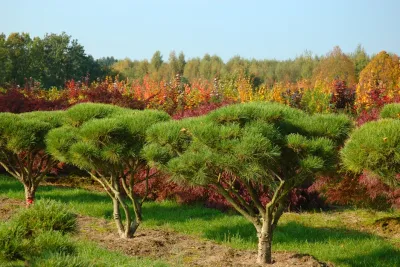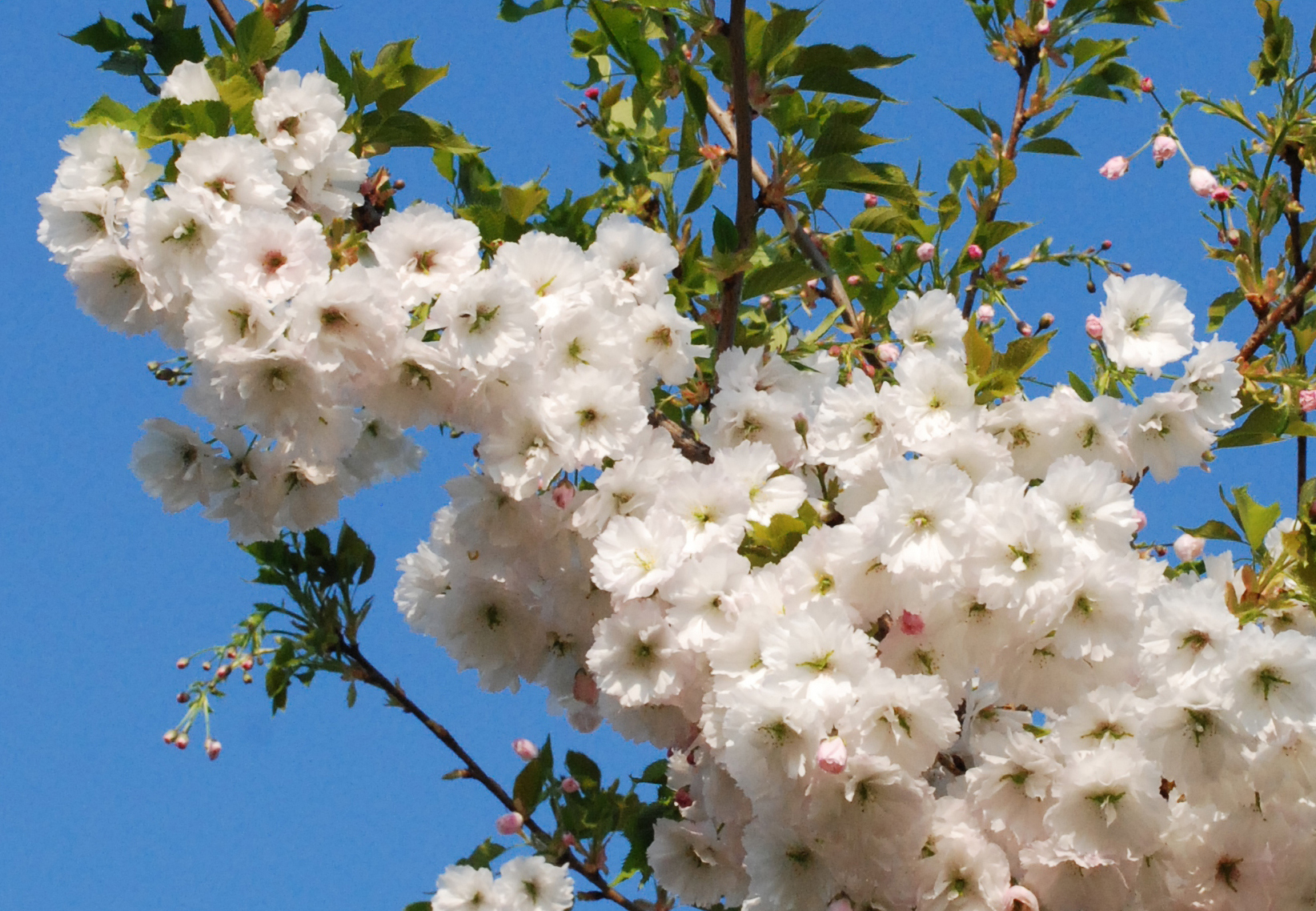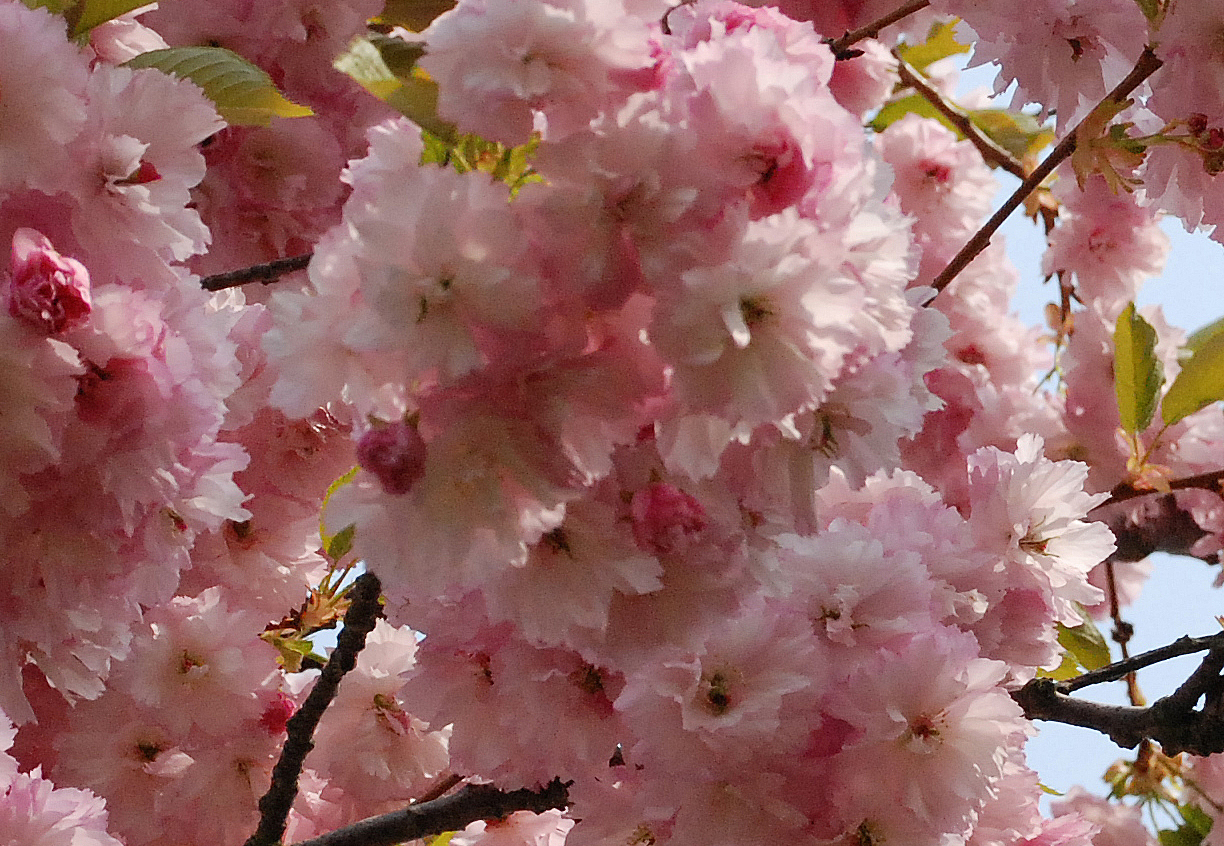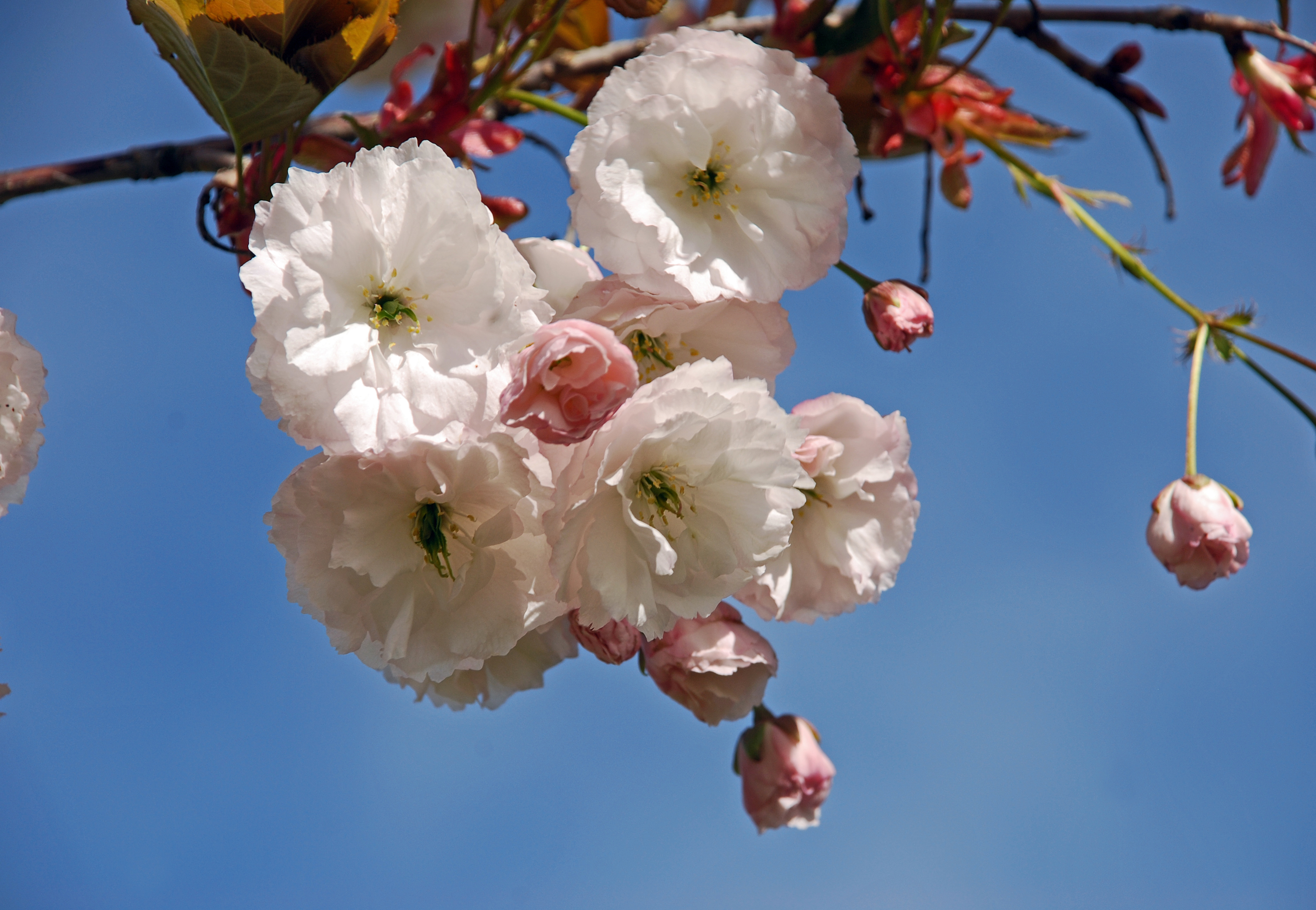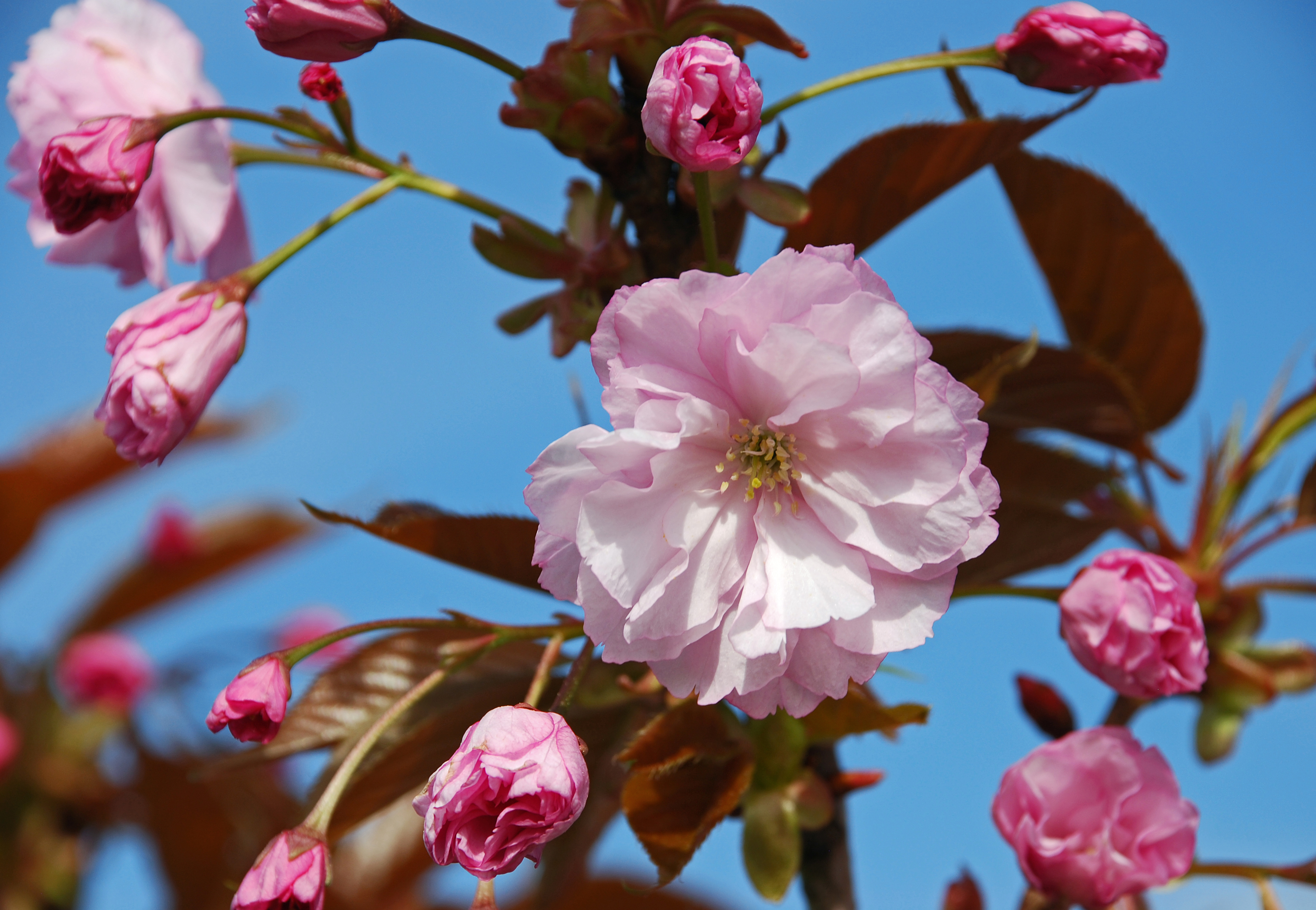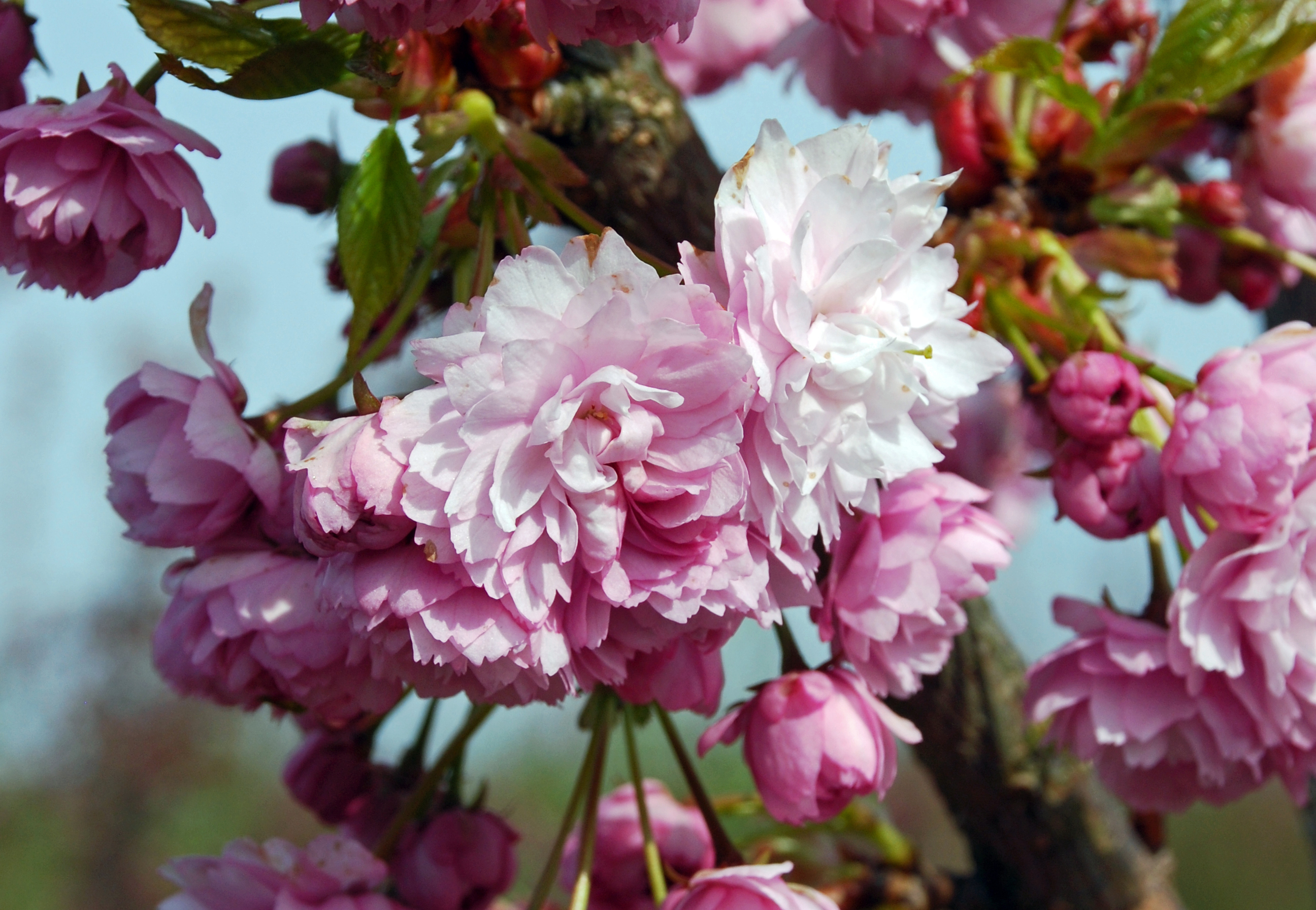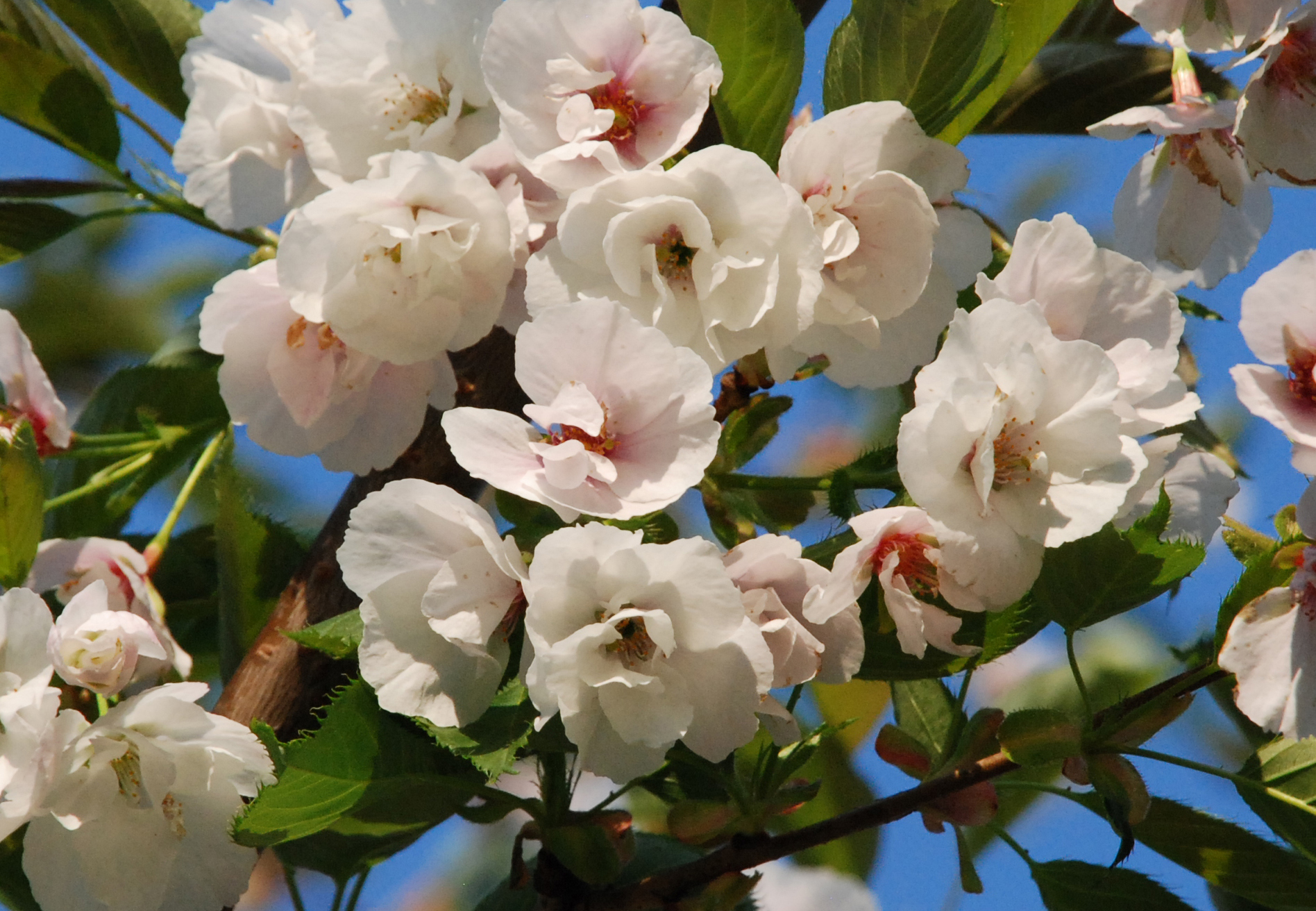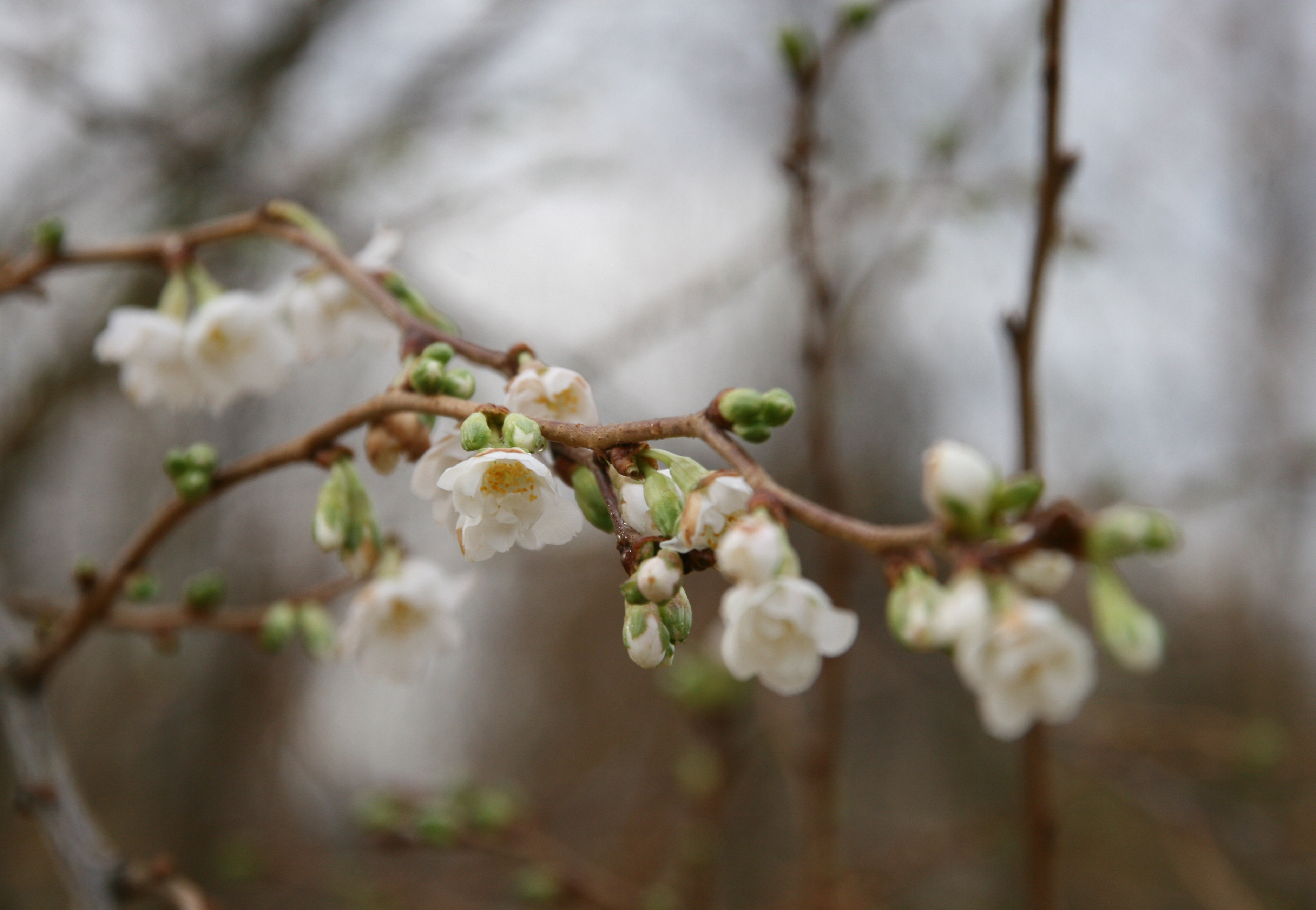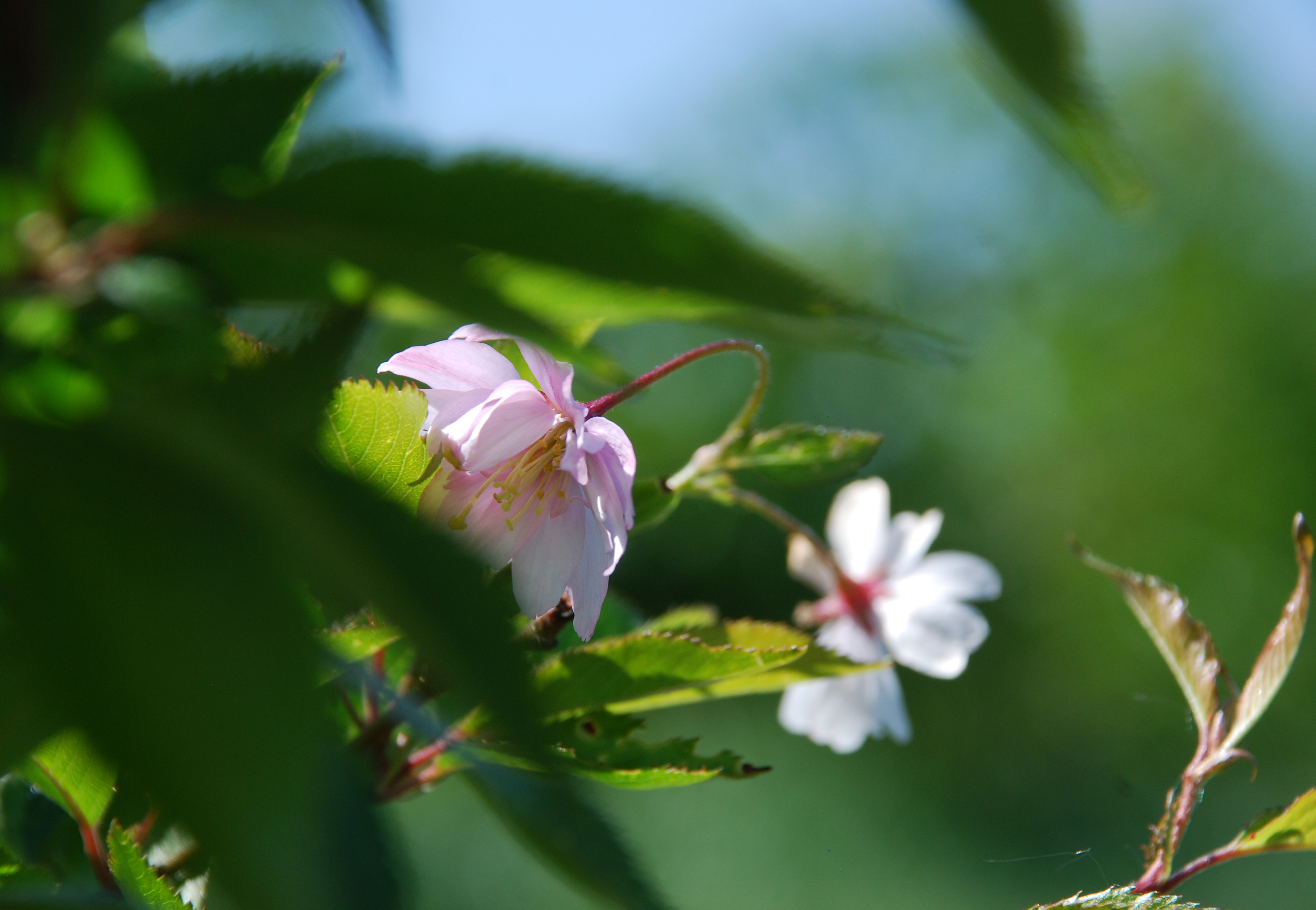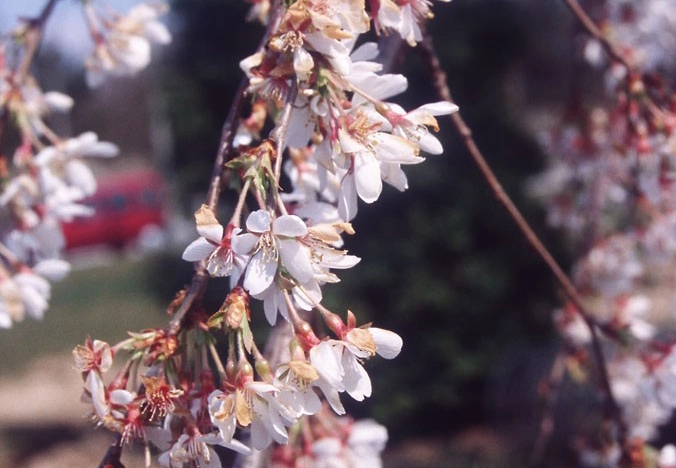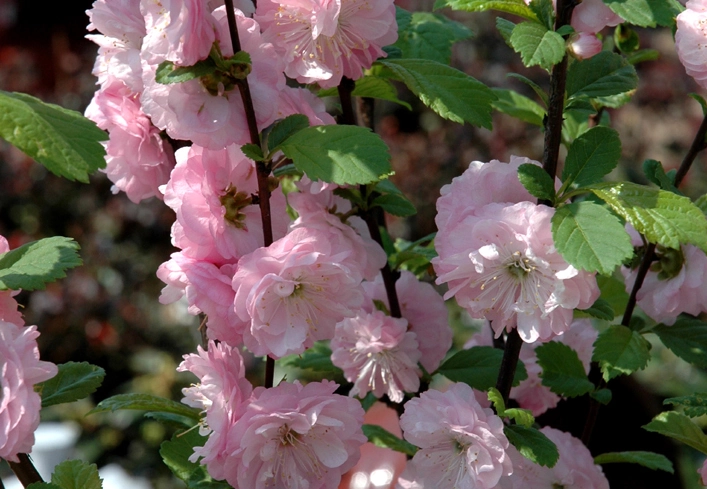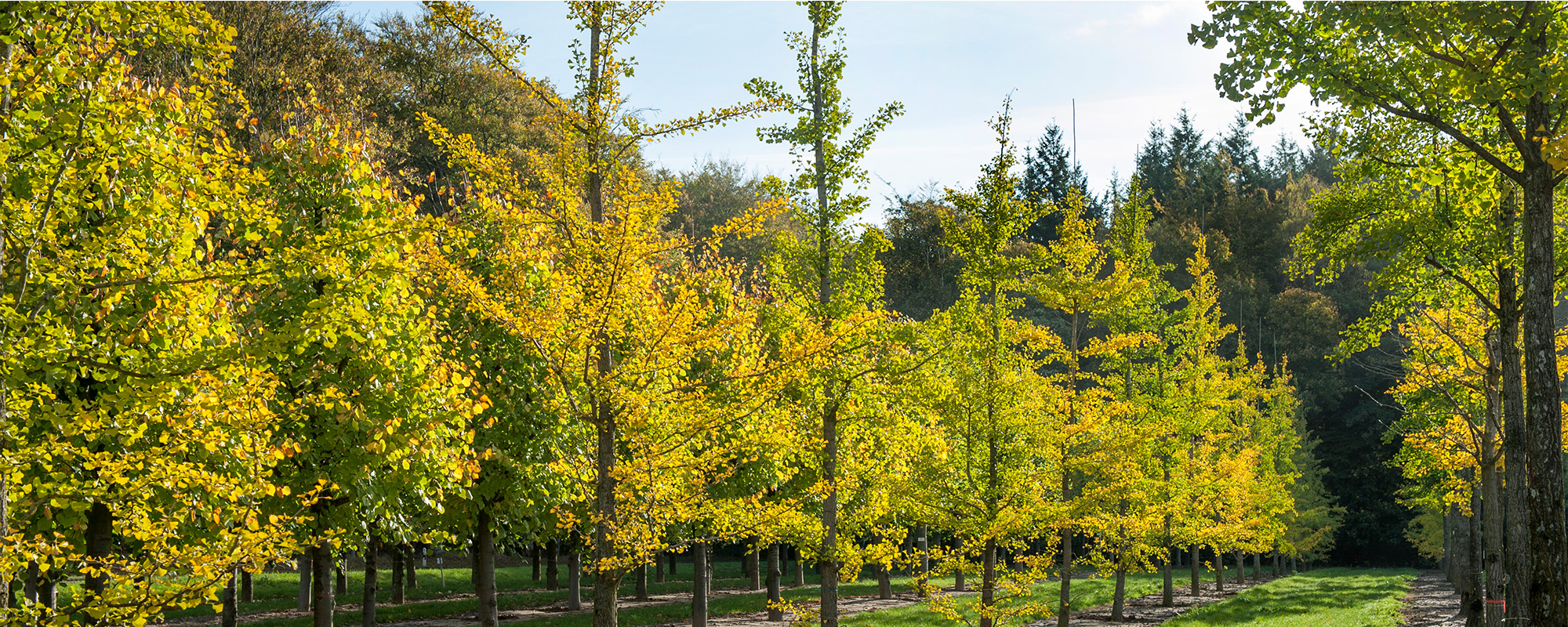
Japanische Zierkirschen!
Rund 430 Arten!
Absolut empfehlenswert sind die japanischen Blütenkirschen. Je nach Art erscheinen Unmengen von einfachen oder gefüllten Blüten bereits vor dem Austrieb. In Japan werden diese Kirschen häufig als Straßenbaum gepflanzt, was zur Zeit der berühmten Kirschblütenfeste (Hanami) die Städte in ein einziges Blütenmeer verwandelt.
„Hanami“, bedeutet übersetzt so viel wie „Blüten betrachten“ und die zarten Blüten der Gattung Prunus stehen in Japan für Anmut und Schlichtheit. Leider währt die Freude nur etwa 10 Tage, dann rieseln die Blütenblätter unverwelkt zu Boden. Doch nichts ist schöner als durch diesen rosaweißen Teppich aus Blütenblättern zu wandeln mit dem Gesumme von unzähligen Insekten im Ohr. Probieren Sie es aus!

“Surprisingly, Ginkgo biloba can be well drawn as a trellis on south walls of a house; in spring you should cut it before its leaves are sprouted.”
Thomas Dieckmann, climate tree expert, Lorenz von Ehren Tree Nursery
Gems for every garden!
Ginkgo biloba is robust and undemanding, hardy, and it can withstand temperatures up to -28°C. However: For young trees, please protect the root area from frost.
Japanischer Ahorn - so unterschiedlich
Neben den Schlitz-Ahornen gibt es auch aufrechte Formen, deren rundlich-lockere Krone eine Höhe von bis zu acht Metern erreichen kann. Das filigrane Laub ist in Form und Farbe sehr variabel dabei verfärben sich die grünen Sorten in ein strahlendes Gelborange, während die rotlaubigen im Herbst karminrot oder dunkelorange leuchten.
Schauen Sie gerne unsere Ahorn an.
Mediathek
FAQ - Häufig gestellte Fragen
Ist die Eibe ein geschützter Baum?
Obwohl die Eibe in Deutschland eigentlich weit verbreitet sein könnte, ist sie eine nach dem Bundesnaturschutzgesetz besonders geschützte Art und steht auf der Roten Liste für gefährdete Arten.
Verträgt die Eibe Staunässe?
Nein, Staunässe verträgt sie nicht. Ansonsten ist Taxus baccata standortpflegeleicht.
Eignen sich sie Europäische Eibe als Hecke?
Die Schnittverträglichkeit und der dichte Wuchs führen dazu, dass Eiben sehr gerne als geschlossene Sichtschutzhecken verwendet wurden und werden.
Gibt es auch gelbe Taxus baccata?
Wer Gelb liebt sollte sich die geblichen Taxus baccata 'Dovastonii Aurea' (Gelbe Hänge-Eibe) oder Taxus baccata 'Aureovariegata' (Gelbbunte Strauch-Eibe) anschauen.

Kirsten Cordes
Gärtnermeisterin Fachrichtung Baumschule
Tel.: +49 (40) 76108-0
E-Mail: LvE(at)LvE.de

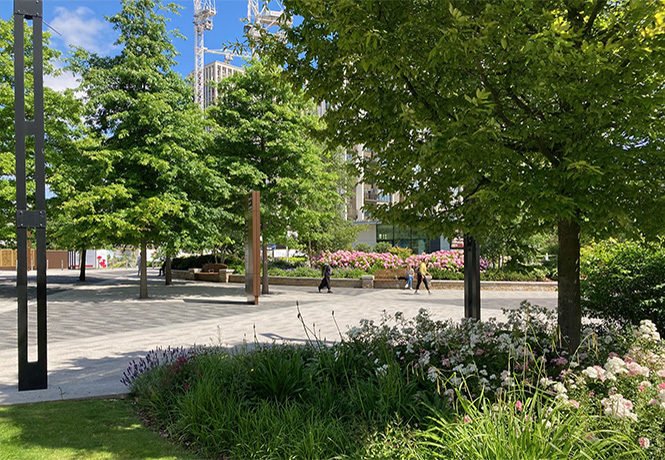
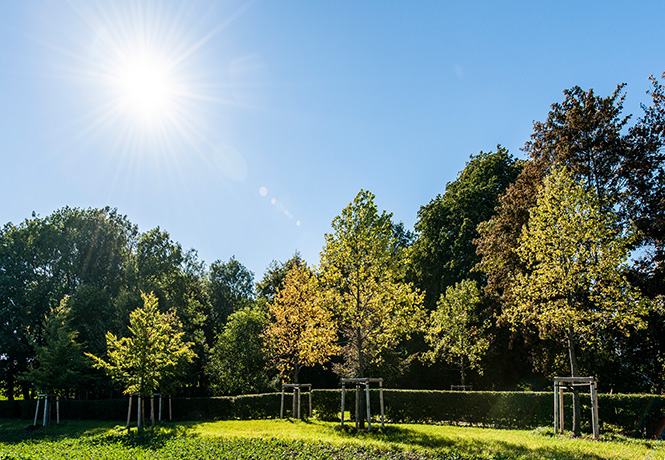
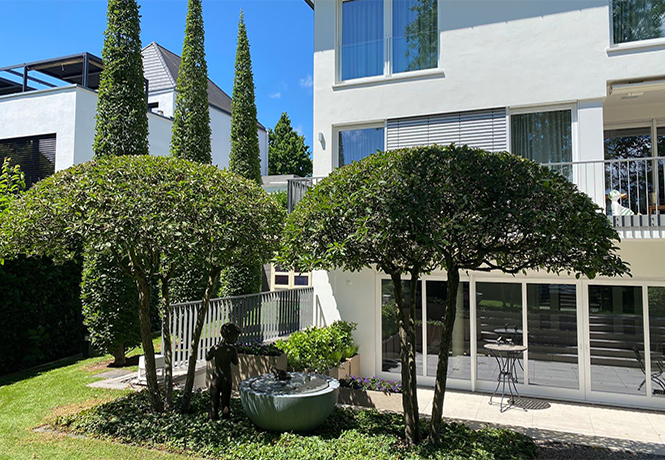


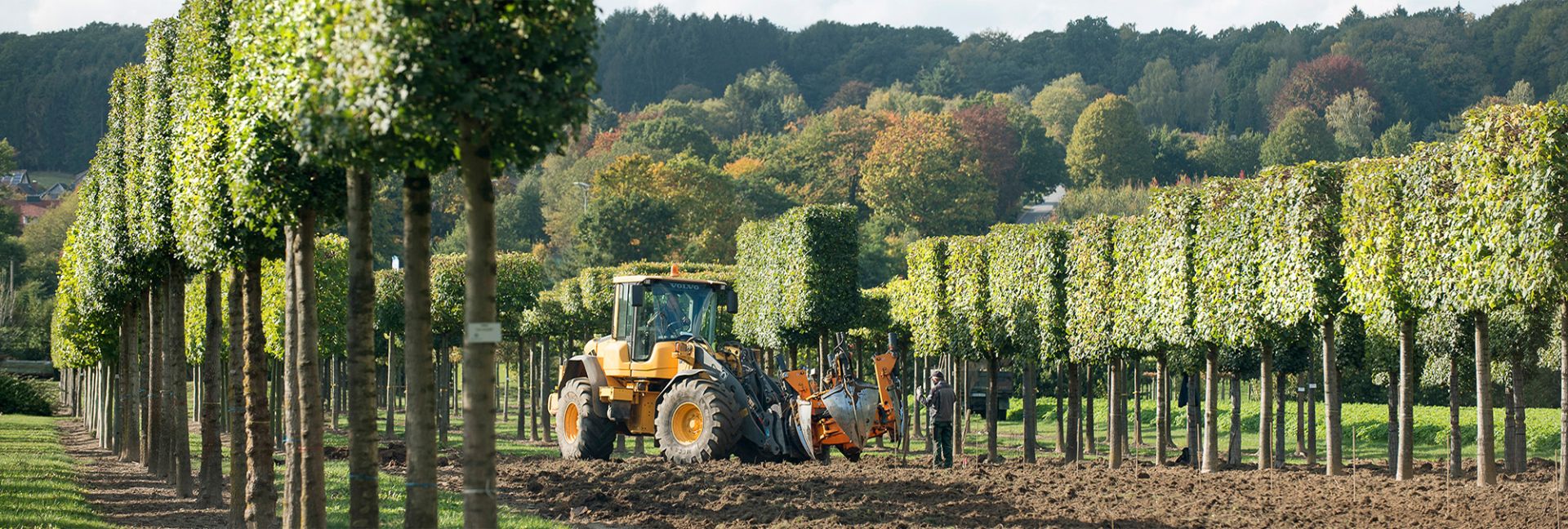

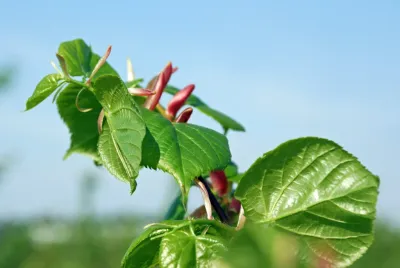
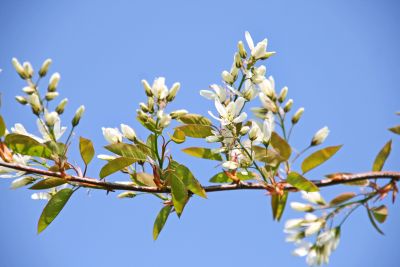

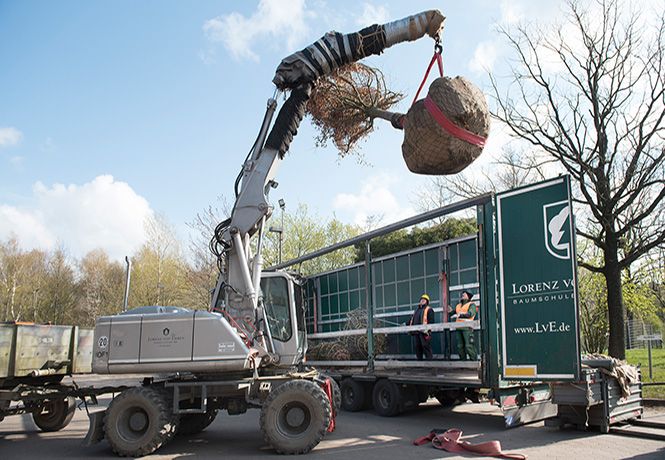
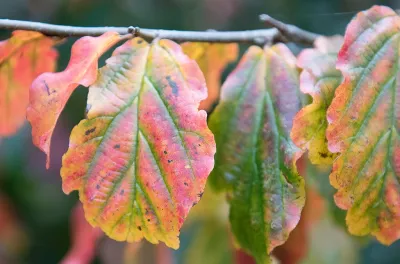


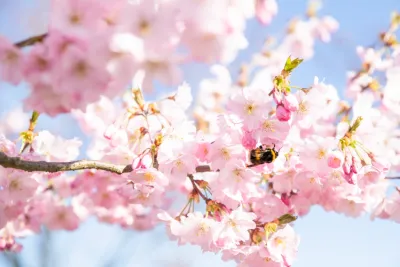
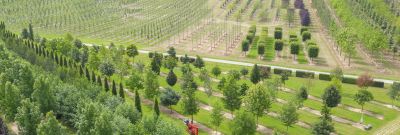


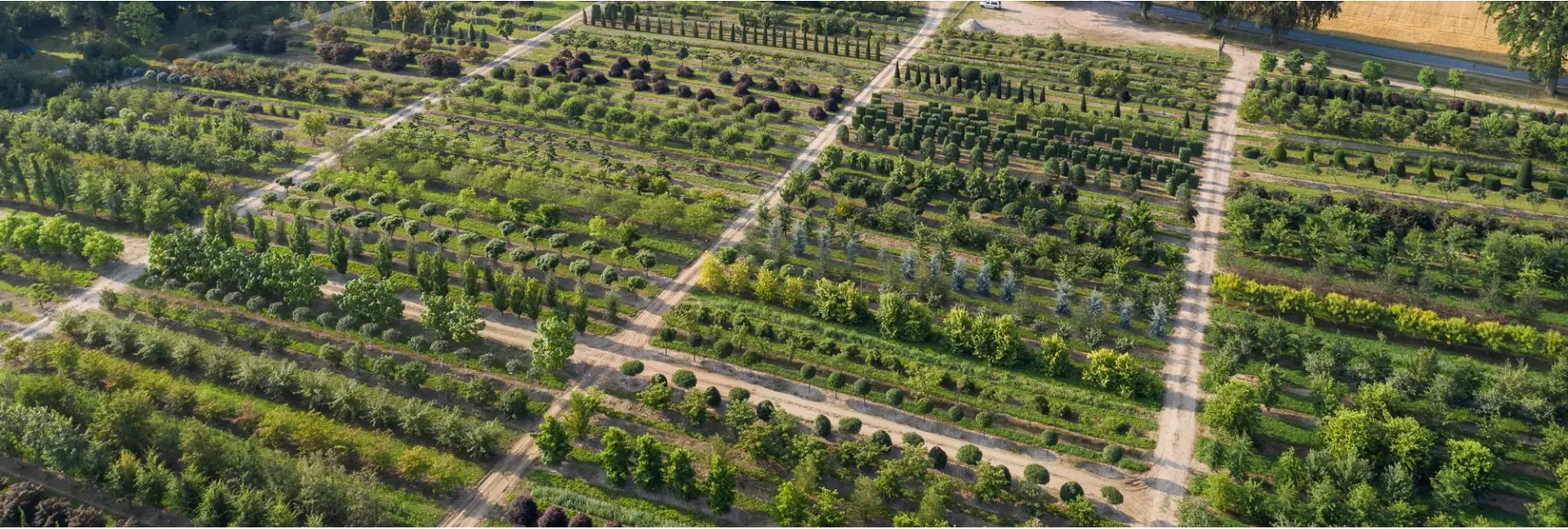
_400x400.webp)
